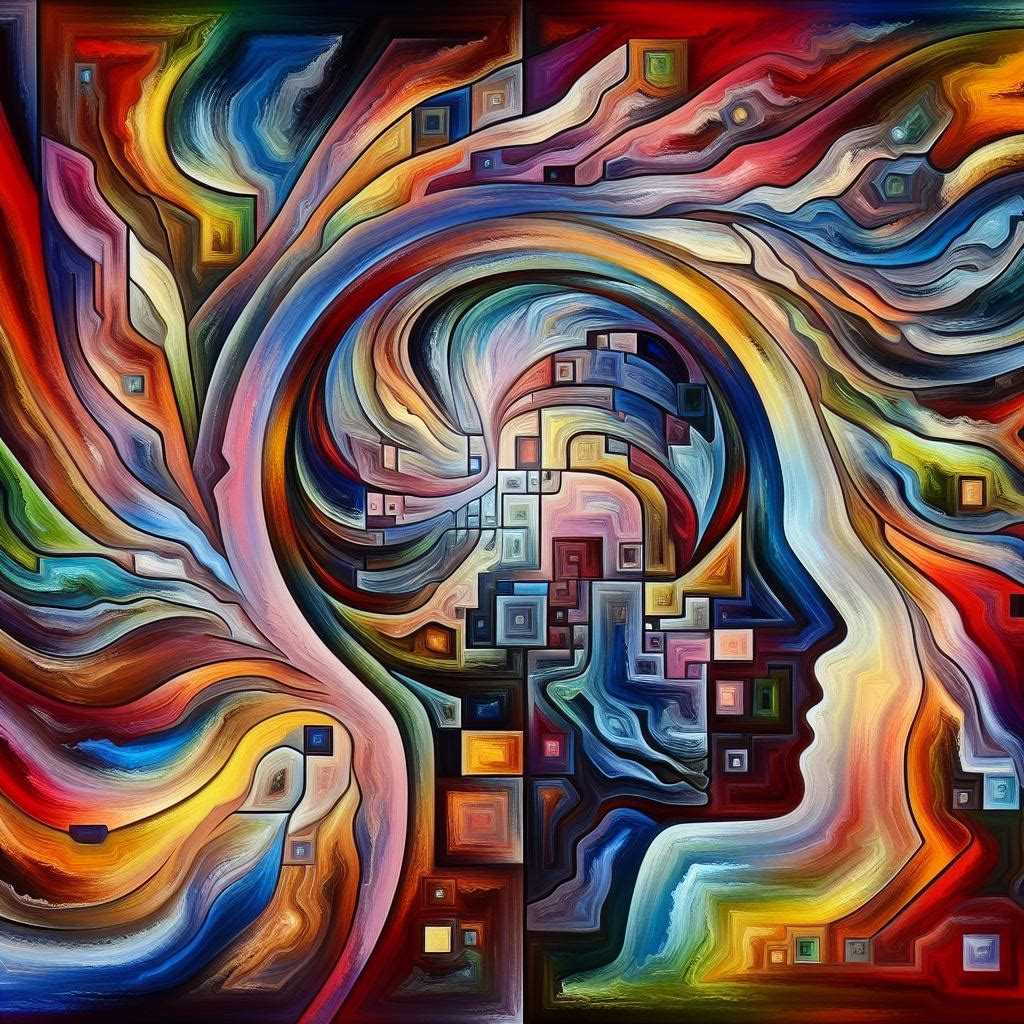Aphantasia means you don’t picture things in your mind. It’s not a sickness. It’s just the way some brains are, like being left-handed.
Imagination is like your brain making a guess using what it knows. People imagine in different ways. Some have stronger imaginations than others.
Imagine that your imagination is a TV. Some see it in black and white. Some see in color. A very strong imagination is like a super-clear TV.
If you have aphantasia, it’s like not having a TV in your mind. Your imagination just works differently.
Aphantasia was named in 2015, but we’ve known about it since the 1800s. Francis Galton, a British psychologist, noticed some people couldn’t picture things in their minds.
In the 21st century, neuroscience has grown. Dr. Adam Zeman, a neurologist, met a patient, MX, who lost his ability to imagine after surgery.
Discover magazine wrote about MX, and 21 others said they’ve always been unable to imagine. Zeman called this congenital aphantasia, or “image-free thinking.”
The New York Times and others shared these discoveries, and many more people learned they had aphantasia.
Imagination is different for everyone. Some can’t imagine at all, called aphantasics. Some have super vivid imaginations, called hyperphantasics. And many are in between, with different levels of imagination.
Latest Research
In 2020, researchers studied how people with aphantasia (no mental images) and hyperphantasia (vivid mental images) are different. People with aphantasia had trouble remembering personal memories and recognizing faces. They often worked in math and science jobs. People with hyperphantasia sometimes had synaesthesia (senses mixing) and worked in creative jobs.
Another study in 2020 showed that people with aphantasia had fewer vivid memories and dreams. But this didn’t affect their ability to understand space. Not having mental images didn’t protect them from feeling upset by bad experiences.
To understand aphantasia, one study looked at a patient, MX. When MX tried to imagine faces, his brain worked differently than people without aphantasia. This suggests that you don’t need to see images in your mind to remember or imagine things.
Conclusion
In conclusion, aphantasia is a neurological condition characterized by the absence of visual imagination. It’s not a new phenomenon, but awareness and understanding of it have grown recently. While it can lead to challenges in memory and visualization, those with aphantasia find alternative ways to remember and experience the world. This condition highlights the diversity of human perception and the unique ways in which our brains operate. Despite the difficulties it may present, individuals with aphantasia adapt and often lead full and rich lives, finding their own means of connection and understanding in a world they experience differently.
References:
https://my.clevelandclinic.org/health/symptoms/25222-aphantasia
https://aphantasia.com/what-is-aphantasia
https://www.verywellmind.com/aphantasia-overview-4178710





